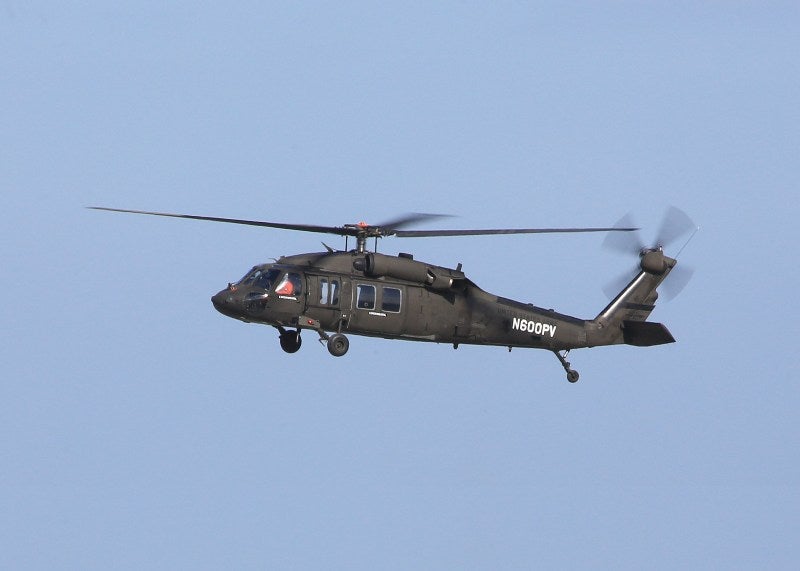
Collins Aerospace Systems and Sikorsky have jointly developed a fly-by-wire retrofit solution that is capable of enabling autonomous flight for rotary and fixed wing aircraft.
The triple redundant system is designed for safety critical applications and uses electromechanical actuators to replace a mechanical system of rods and pulleys.
These ‘jam-free’ actuators are controlled by an enhanced flight control computer.
Collins Aerospace collaborated with Sikorsky to develop the advanced fly-by-wire system with purely magnetic coupling to remove the requirement for gearing, ball screws or clutches.
The company is also developing the next-generation vehicle management computer (VMC) that is expected to provide 20 times the computing power of its existing flight control computer.
To be made available in 2022, the VMC is designed to allow fly-by-wire technology and autonomous flight for new and retrofit applications.

US Tariffs are shifting - will you react or anticipate?
Don’t let policy changes catch you off guard. Stay proactive with real-time data and expert analysis.
By GlobalDataCollins Aerospace Systems power and controls president Tim White said: “With fly-by-wire retrofit solutions like this one and our forthcoming VMC, Collins Aerospace is at the forefront of enabling autonomous flight.
“By reducing pilot workload through the autonomous performance of certain flight operations, we can help improve safety, reliability and efficiency for both military and commercial operators across a variety of platforms.”
The fly-by-wire retrofit solution was tested last month as part of Sikorsky’s system to operate a Black Hawk helicopter with optionally piloted vehicle (OPV) technology.
Sikorsky performed the debut flight of its S-70 OPV Black Hawk as part of the DARPA Aircrew Labor In-Cockpit Automation System programme.
The fly-by-wire solution is designed in a manner that allows much of the logic to be located externally in its own control module or the actuator. This architecture will eliminate the need for storing the logic within the primary flight control computer.
In addition, the design enables the system to be installed without modifying the hydraulic system or hydraulic actuator.
With this feature, re-qualification of the hydraulic system is no longer required prior to installation, Collins Aerospace noted.
The OPV approach is aimed at allowing operators to fly aircraft safely, reliably and affordably.



